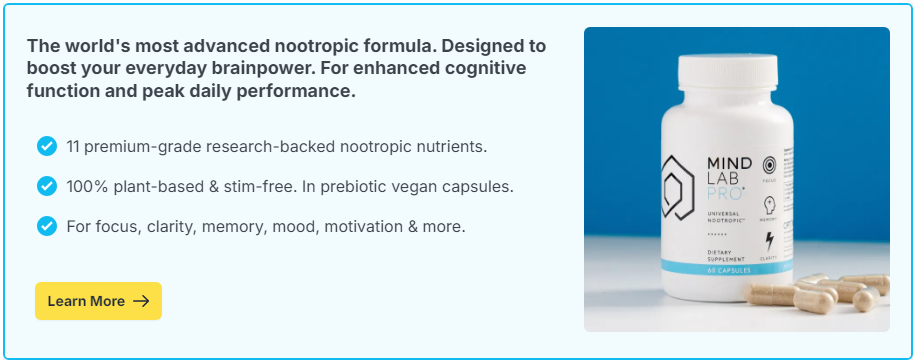
Close your eyes and imagine a red apple. Can you see it clearly in your mind—the shine on the skin, the curve of the stem, maybe even a bite taken out of it? If so, you may be part of the world’s vivid imagers. But if you see… nothing—just darkness—welcome to the mysterious realm of aphantasia.
The human imagination is a deeply personal experience. While some people can visualize entire fantasy worlds in high-definition detail, others process thoughts in more abstract, non-visual ways. This difference isn’t just artistic—it reveals a fascinating spectrum of cognitive function, one that science is only beginning to understand.
Whether you’re someone with hyperphantasia—the ability to conjure mental images as vivid as real life—or aphantasia, where mental imagery is absent altogether, this neurological spectrum has implications for memory, creativity, learning, and even emotional processing. And understanding where you land can unlock powerful insights into how your brain works—and how to support it.
Contents
What Is Hyperphantasia?
Hyperphantasia refers to an exceptionally vivid and immersive form of mental imagery. People with hyperphantasia don’t just “picture” things—they see them in their mind’s eye with high clarity, detail, and depth. It’s like running an IMAX theater inside your head.
Common Traits of Hyperphantasia
- Strong ability to visualize objects, faces, or scenes in detail
- Vivid daydreaming or fantasy life
- Exceptional memory tied to visual recall
- Emotional intensity when imagining scenarios
- High creativity in visual arts, writing, or design
For hyperphantasics, visualization can feel almost like perception itself. Imagining a beach might include seeing the waves, hearing the surf, and even feeling the heat of the sun—all without opening their eyes.
What Is Aphantasia?
Aphantasia, on the opposite end of the spectrum, is the inability to voluntarily produce mental imagery. People with aphantasia understand what an apple looks like, but they can’t “see” one in their mind when asked to imagine it. Their thoughts may come as concepts, words, or abstract impressions—just not pictures.
Common Traits of Aphantasia
- Little or no mental imagery when visualizing
- Difficulty with visual memory tasks
- Compensation through logic, structure, or verbal reasoning
- Often unaware of the difference until learning about the condition
- May excel in analytical or conceptual tasks rather than visual ones
Aphantasia isn’t a deficit—it’s a different style of cognition. Some aphantasics are highly successful in engineering, law, or mathematics—fields that prioritize structure over sensory visualization. Famous aphantasics reportedly include Ed Catmull, co-founder of Pixar, and Blake Ross, creator of Firefox. Not bad company.
The Mental Spectrum: Most People Are Somewhere in Between
While hyperphantasia and aphantasia represent two extremes, most people fall somewhere in the middle. They can conjure up images, but those images may be vague, fleeting, or lacking in detail. This gradient is normal—and highly individual. It also affects how people approach memory, planning, creativity, and even emotional processing.
How Mental Imagery Affects Thought
- Memory: Visual imagers often remember scenes and faces more vividly, while non-imagers rely more on verbal or conceptual memory.
- Planning: Visualizers “see” future scenarios or map them out mentally; aphantasics may think in bullet points or logic trees.
- Creativity: Artists and writers often use visual imagery as raw material. Others generate ideas through patterns, rhythms, or metaphors.
- Emotion: Visualizing emotionally charged scenarios can amplify feelings—whether joyful or anxious. Aphantasics may feel more emotionally buffered as a result.
The Brain Science Behind Visualization
Neuroscientific studies have shown that visualizing something and actually seeing it activate similar brain regions—especially in the visual cortex and prefrontal areas responsible for attention and simulation.
In hyperphantasics, these areas light up with significant activity during visualization tasks. In aphantasics, the same regions remain mostly quiet, even as they describe an image conceptually.
This isn’t a question of imagination or creativity—it’s about sensory experience. The same concept (“imagine a red ball”) gets processed differently, depending on how your brain is wired to represent internal content.
Can You Train Your Visualization Skills?
To an extent, yes. Like a muscle, the imagination can be exercised. Techniques like guided visualization, mental rehearsal, and memory palace training (used by memory champions) can strengthen mental imagery—at least in those who already have some capacity for it.
For aphantasics, the challenge is greater. Since the lack of imagery is often rooted in neural wiring, it may not be “fixable.” But many people with aphantasia report improvements in their conceptual creativity, focus, and pattern recognition when using alternative strategies.
Where Brain Supplements Fit In
Whether you’re an intense visualizer or a concept-driven thinker, supporting cognitive flexibility and mental clarity can help you make the most of your mind’s style. That’s where brain supplements—also known as nootropics—may come in.
Certain nootropics are thought to support:
- Neuroplasticity: The brain’s ability to form new connections and adapt to different types of mental processing
- Mental imagery: Some ingredients may help with visualization, focus, and mental rehearsal
- Creative cognition: Supporting divergent thinking and associative thinking, whether visual or verbal
Supplements aren’t about changing your fundamental cognitive style—they’re about amplifying your strengths and supporting your unique brain profile. Whether you’re building fantasy worlds in your mind or structuring complex ideas without imagery, enhancing your brain’s chemistry can improve how smoothly it all runs.
The inner world of imagination varies wildly from person to person—and that’s a beautiful thing. Whether you’re painting vivid pictures with your thoughts or organizing abstract ideas into elegant concepts, your brain is working exactly as it was built to.
Understanding where you fall on the hyperphantasia–aphantasia spectrum helps you harness your mind’s natural strengths. And when paired with supportive routines, cognitive training, and perhaps the right nootropic stack, your mental canvas—vivid or abstract—can become a tool for clarity, creativity, and deeper self-awareness.

